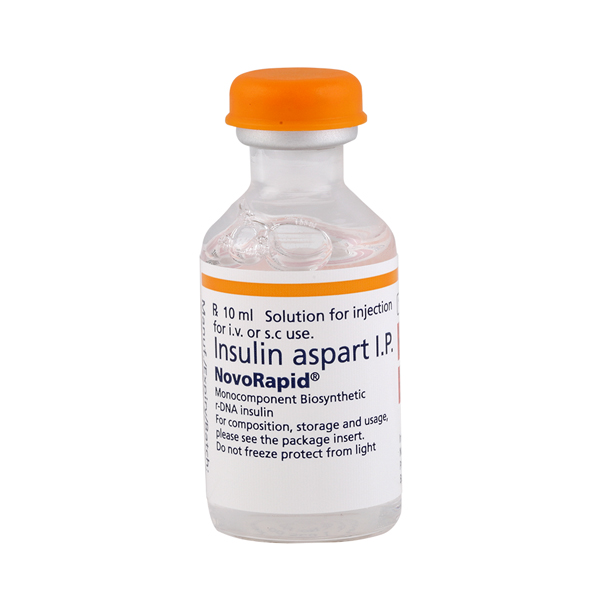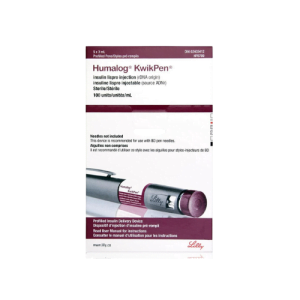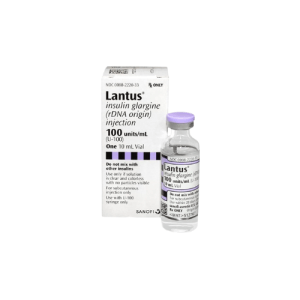Breakfast cereals are an important part of family breakfast and everyone should be able to enjoy a box of their favourite Saturday morning treat. However, people who suffer from diabetes must be aware that many cereals contain high levels of sugar and other additives that can cause dangerous spikes in blood sugar levels.
Additionally, many types of breakfast cereals contain white flour, which is metabolized quickly into glucose and can cause instabilities in blood glucose levels. This can eventually lead to unpleasant diabetic symptoms. However, there are steps you can take to ensure that, if you stick to a realistic diet plan, a delicious bowl of breakfast cereal is well within your reach.
Cereal: A Source of Carbohydrates
If you’re going to enjoy a bowl of frosted delights in the morning, it makes sense to see that treat for what it is: a bowl of carbohydrates. Carbs can give you the energy boost you need to get your motor running in the morning, but beware that many types of carbs, especially white flour, are metabolized quickly and can spike blood sugar levels.
If your blood glucose level is not effectively managed, it can lead to insulin resistance, which is a serious problem. It’s important to know what you’re eating and which ingredients you should avoid.
Index Your Way to Success
One way to ensure you’re eating the right types of foods is to consult what you’re eating against the glycemic index – an important tool for people suffering from Type 1 and Type 2 diabetes. This is an index that shows how quickly foods containing carbohydrates will raise blood glucose levels in people who consume those ingredients.
Foods with a low glycemic index (or GI) are easier on your body and your blood chemistry than foods with a high GI. Low GI foods take longer to digest than their high GI counterparts; this means that low GI foods are less likely to cause blood glucose instability as their ingredients are metabolized into their constituent glucose molecules more slowly than high GI foods.
In order to see which types of foods fall where on the GI scale, it’s important to consult a comprehensive GI guide. There are many factors that affect the GI value of a food, such as the amount of processing, the cooking method used and the type of grain. A comprehensive GI guide will answer those questions for you and guide you towards eating appropriate foods for your diabetic condition.
Whole Grains, Whole Solutions
In order to keep your diabetes – and thus your A1c markers – under control when you sit down to enjoy a bowl of breakfast cereal, be sure to stick to brands that contain whole grains. When grains are refined, such as during the process of manufacturing white flour, much of the nutrition and fibre is removed from the kernel of grain. The bran and germ components of wheat that are often removed in the processing of white flour are important sources of both fibre and vitamins. That’s why whole grains are generally considered healthier – and a better choice for those with diabetic conditions. Keep an eye out for cereals that list whole grains as their first ingredient.
What Causes High Triglycerides in Diabetes
In order to enjoy a bowl of cereal, it’s important to keep an eye on your triglycerides. These are molecules that are present in the blood that are a marker of how well your body is processing glucose. If your triglyceride levels are abnormal, this could be a sign of pre-diabetes or, for those who are already diagnosed, a sign that your diabetes treatment regime is non-optimal.
In order to keep your triglyceride levels manageable, it’s important to steer clear of foods that contain white flour and processed wheat. Instead, stick to sensible amounts of cereal products containing whole grains.














